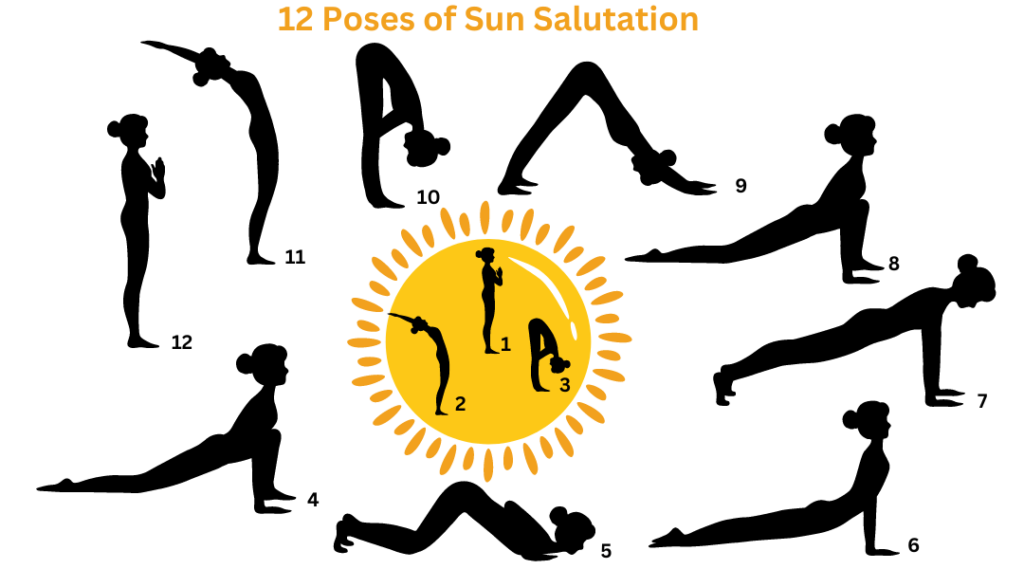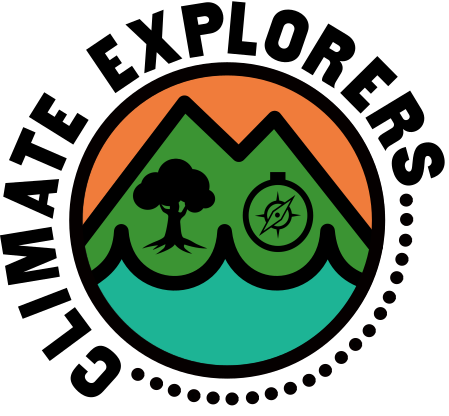When we think of doing any kind of exercise, we normally check what kind of gear we are supposed to invest in and how to get it. We think about where to go and how to join. And there are waiting times, joining fees, fitness tests and other rules to follow. Sounds familiar?
What if I told you that you won’t need any of those and that you can start today?
Namaste, welcome to the world of yoga. All you need is YOU; no special gear, no waiting time, no fitness tests or age restrictions.
As far as location is concerned, yoga can be practised anywhere (at home, in a yoga class or in the office). However, to maximize the benefits, I am focusing on outdoor yoga.
What is yoga?
Yoga represents a union of body, mind and spirit. It is an ancient discipline and combines physical postures (asanas), breathing exercises (pranayama), and meditation (dhyana). There are 84 different asanas, but many more variations and postures depending on the style of yoga and your preferences.
If you are a newbie to yoga, it is a good idea to start with a simple practice that includes basic poses (like the Sun Salutation poses below). As you get more experienced, you can add more challenging poses.

Start Yoga with Salute to the Sun
You’ll start and finish the Sun Salutation flow poses in a standing position with the hands at your heart (Pose 1 and Pose 12, as per the photo on the left side).
You can choose the speed you want between those 12 poses.
Remember to follow each movement with your breath. As you move from one pose to another, always start with inhalation and exhalation of the breath.
As long as you do this and make sure to move to the next pose followed by the correct breath, you will enjoy the benefits of yoga.
How to Practise Yoga in Nature?
There are many ways to practice yoga in nature. You can practice in a park, forest, beach, or even in your garden.
Here are some tips for practising yoga in nature:
- Choose a peaceful and safe spot. If you’re in the countryside, you might find a quiet spot in the woods or by a stream.
- Be aware of your surroundings and avoid practising in congested areas. As you move from one to another pose, pay attention to the rise and fall of your chest as you inhale and exhale. Notice the feeling of the air as it enters and leaves your nostrils. Correct breathing is an essential part of Yoga, remember that!
- Dress in comfortable clothing that allows you to move freely. Wear loose-fitting clothing that won’t restrict your breathing. If you’re doing yoga in cold weather, dress in layers, so you can adjust your clothing as needed.
- Bring a blanket or yoga mat for comfort if you decide to do seated postures or meditate.
- If your legs feel a bit wobbly or your mind wanders while you want to meditate, don’t judge yourself or get frustrated. Just keep bringing your attention back to your breath. Listen to your body and take breaks when needed. Yoga is not a sport or competition, just acknowledge where you are that day and let it go. Enjoy nature’s beauty and let it help you relax and connect with your inner peace.
- Start with simple poses and work your way up to challenging ones.
- Stay as long as you like, and increase the time and number of postures as you get comfortable with yoga and meditation.
- When you finish your stretching or meditating, take a few deep breaths. Notice how you feel. Are you feeling more relaxed and centred? If so, congratulations! You’ve just done yoga outdoors.
Why practise yoga in nature?
Yoga has a number of physical and mental health benefits. When practised in nature, these benefits can be even greater.
The following are some of the benefits of practising yoga in nature:
- Nature calms and relaxes. Nature’s sounds, such as the wind in the trees or the birds singing, can help soothe the mind and body.
- The sights of nature, such as the beauty of a forest or the vastness of an ocean, can also be very calming. Spending time in nature has also been shown to improve mood. This is likely due to the release of endorphins, which are hormones that have mood-boosting effects.
- Nature invigorates. Spending time in nature can boost energy levels and improve mood. Fresh air and sunshine improve circulation and oxygen levels, which can also benefit overall health.
- Nature is a place of connection. When we spend time in nature, we feel connected to the world around us. This can reduce stress and promote peace and well-being.
- When we practice meditation in nature, we are more likely to be able to focus on the present and let go of distractions.
If you are looking for a way to improve your physical and mental health, yoga and meditation in nature are great options. Yoga postures are easy to learn and can be practised anywhere. So what are you waiting for? Get started today, share your experiences and let us know if you need any help!
At Climate Explorers, we take this a step further and offer a variety of eco-adventures that are eco-friendly and in harmony with nature, as well as educating and inspiring our members to do the same.

